Nuclear objects are protected by thick meters of concrete
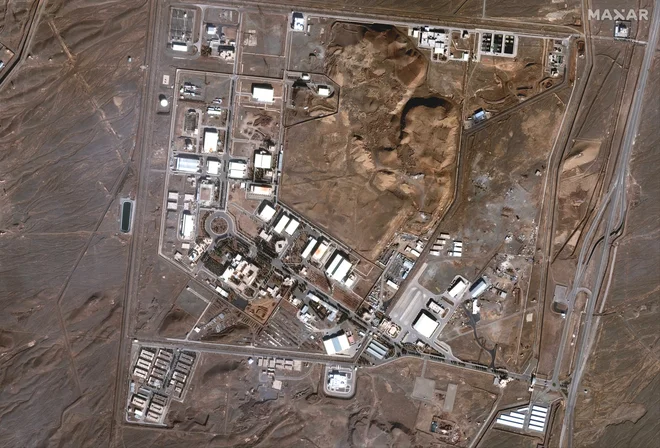
The International Atomic Energy Agency (IAEA), which closely monitors the concern of an arousing situation, confirmed, That there was also a building of the Israeli attack on Iran for enriching Uranus Nacion, and the Busheher nuclear power plant was not targeted. Increased radiation levels were not detected.
We talked about the potential risk of radiation with Slovenian nuclear experts from the Jozef Stefan Institute.
Satellite shot of the Uranus Writer of Nacific (shot in January this year) Photo: Maxar Technologies/Reuters
“The Busheher nuclear power plant is intact, I think Iran has two or three more research reactors that have not been attacked. The target of the attack was, according to reports, an uranium enrichment plant. This can be enriched by civilian or military use, we know that Iran tries to enrich Uranus up to a degree when they can produce nuclear weapons. Even if such a plant were so damaged to cause emissions, it would be a level of natural radiation, since they have an unpublished nuclear material in such establishments. The consequences of emissions would be negligible in the immediate surroundings, « explained Prof. dr. Leon Cizelj. « With the fresh uranium used in such establishments, we can handle the bare hands, it is so dangerous, » added prof. dr. Luke Snoj.

Busheher Nuclear Power Plant (photo from February 2009) Photo: Caren Firouz/Reuters
Both nuclear experts condemned the attack. People are dying of bombs due to Israeli attacks, as well as lack of water and food, radioactive radiation would pose the lowest risk, they stressed.
In the hypothetical scenario to destroy the nuclear power plant, the radiation would affect the area of 30 kilometers in diameter. “In the experience of Ukraine, when the Russians attacked all power plants except nuclear, it seems that there is an understanding that nuclear power plants are not attacked. I think the Israelis will stick to it. However, if this had happened anyway and the attack were so severe that they would break through the meters and meters of concrete surrounding the reactor, then, as a last resort, they would face the situation similar to the Fukushimi (when the nuclear power plant was destroyed in the tsunami in 2011), where people had to move from the area of 30 kilometers from the power plant in the first days. It would be a localized problem, but of course the world could measure released radioactive substances. Potential health problems would only have people in the area, « Cizelj explained.
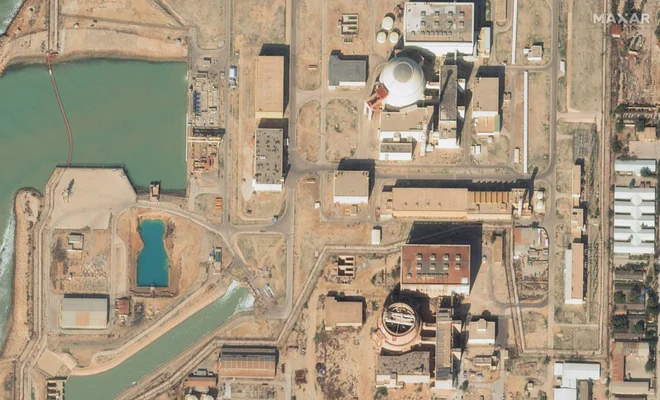
Satellite picture of Busheher Nuclear Power Plants (taken January 2025) Photo: Maxar Technologies/Reuters
“The fact is that nuclear power plants are the most robust civilian facilities in the world. The only more robust construction is only military bunkers and similar facilities. As far as I can read in the media or from the IAEA reports, in Iran, due to the past bad experiences, nuclear facilities were built even more firmly, with even more protection and concrete than elsewhere in the world. According to publicly available information – I am not familiar with Iranian nuclear facilities in detail – some of the plants are deep underground and could not be destroyed by the best American rocket. Nuclear power plants are built to protect the exterior from radiation as possible, but of course all these meters of concrete protect the interior from external attacks, « Snoj described, adding that the Busheher nuclear power plant is similar to our power plant in Krško, except that it is Russian technology that differs in some technical solutions.
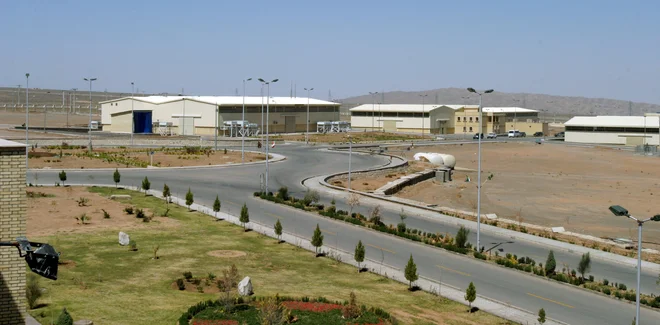
Obrat Natanj, 250 kilometers south of Tehran (recorded in 2005) Photo: Raheb Homavandi/Reuters
Network of observatories
In the case of radioactive emissions in Iran, this world could be easily detected, even if the levels were very low. “At the latest in one day or within hours, the world would detect any releases. This would depend mainly on the weather. The world is very densely equipped with observations, which also measure ironic radiation. For example, on the Windy app, anyone can accompany radiation. The closest observatories to Iran and Europe are in Turkey and they all show a situation without specifics. There is also a network of IAEA observatories, which is intended to control respect for agreements, not to test nuclear weapons, neither in the atmosphere nor in the underworld. It is a network of observatories that measure both the shaking in the Earth and the air quality and the radioactivity level in the air. In addition, countries also have special vessels that observe particularly interesting areas. While countries can temporarily exclude certain observatories, but this cannot be hidden, the wind sooner or later brings to one of the sensors, « explained Dr. Snoj. But these concentrations would definitely be so low that we would not have any consequences for us in Europe.

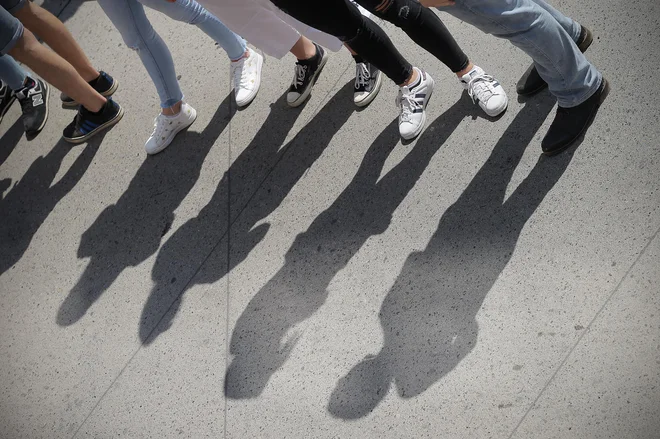

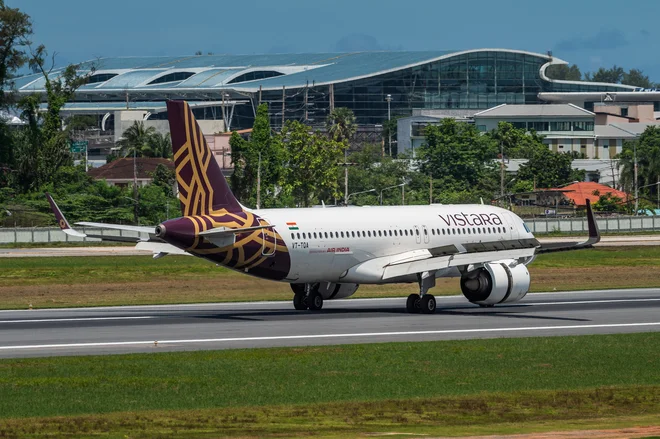

:format(jpeg):fill(f8f8f8,true)/s3/static.nrc.nl/podcasts/wp-content/blogs.dir/131/files/2021/03/haagsezakenfeatured.png)
